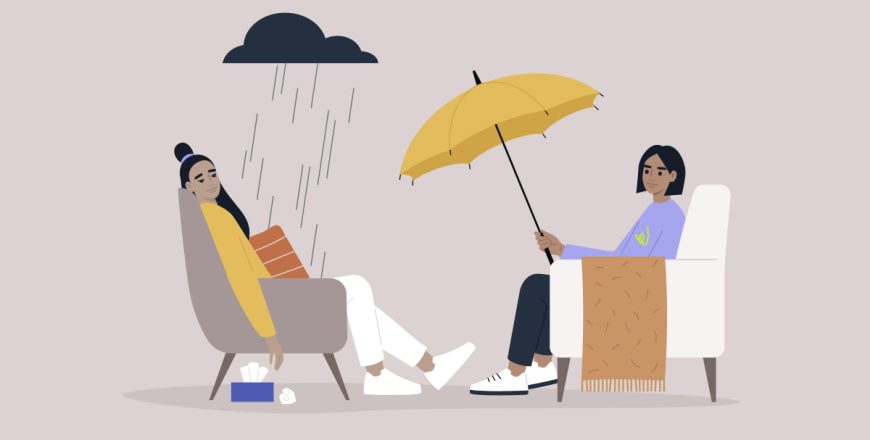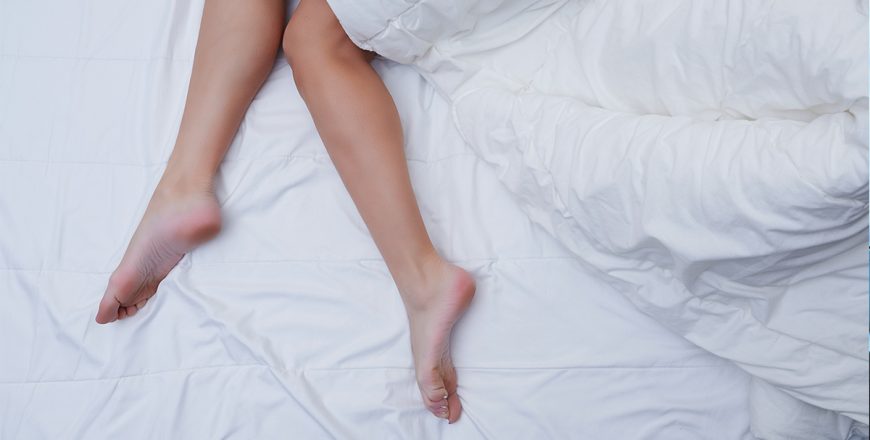Post-traumatic stress disorder (PTSD) is a complex disorder, and there are dozens of potential therapies and treatments that can help people manage the effects. But before you can zero in on the proper treatment options for you, your condition, and your lifestyle, it’s helpful to learn more about PTSD and the complications surrounding it. Read through this quick guide to learn about common comorbidities with PTSD, why you need to know about comorbidities while seeking treatment, and how the team at Summit Ketamine Innovations can help you receive specialized ketamine infusion therapies.
How Is PTSD Defined in DSM-5?
DSM-5 establishes four areas of criteria for post-traumatic stress disorder:
- Intrusion symptoms
- Avoidance
- Negative cognitive or mood changes
- Changes in arousal and reactivity
These four symptoms can manifest in many ways after a distressing event. Common symptoms are severe anxiety, uncontrolled thinking and reflection on the distressing event, nightmares, and flashbacks. These reactions can grow from untreated trauma, and doctors can only diagnose PTSD after the symptoms persist and acutely cause impairment for at least one month.
However, many other conditions partially mirror PTSD, and people with PTSD commonly suffer other symptoms that aren’t attributable to PTSD directly. That’s why it’s essential to understand whether you have PTSD, which symptoms are due to PTSD, and any other conditions you may be suffering alongside it.
What Are Comorbidities, and How Are They Defined in Psychiatry?
Comorbidity is a technical term for multiple simultaneous diseases or conditions. Comorbidities are very common in all types of physical, mental, and emotional conditions. In psychiatry, comorbidities are two or more psychiatric conditions or disorders held by one person simultaneously. However, the field is also expanding to consider a co-occurring psychiatric condition and a general medical condition. For example, diabetes and an eating disorder may be regarded as comorbidities.
Doctors and patients need to identify potential comorbidities because they can make accurate diagnoses far more complex. Comorbidities can also interfere with effective treatments, as medicinal treatments, therapies, and other treatments may not work well together or may accidentally sacrifice recovery in one area in favor of another.
Patterns of Comorbidities in PTSD
PTSD is complex, and comorbidities can make it difficult to get an accurate diagnosis, identify other potential conditions, and find the best treatment for all of your symptoms. There are three main types of comorbidity patterns to consider:
- Existing conditions that lead to, or partially contribute to, the development of PTSD after a traumatic event.
- Occurrences that cause or trigger both PTSD and a separate mental, emotional, or physical condition, such as anxiety disorders
- Conditions that evolve as a result of untreated PTSD, such as panic disorders
Psychiatrists can ascertain which comorbidities and diagnoses are correct and, through those diagnoses, work with you to create treatment plans with a combination of therapies, pharmaceutical treatments, and other suggestions that work together to treat PTSD in isolation or with comorbidities.
Why Is It Important to Understand Comorbidity When Seeking Treatment?
Psychiatrists and patients need to uncover potential comorbidities for patients with PTSD because PTSD is frequently paired with co-occurring mental and emotional health conditions like stress disorders, anxiety disorders, and mood disorders. More clearly, understanding specific comorbidities that affect you can help you and your doctors select the right treatment plans, manage symptoms, monitor progress, and help you recover without confusing variables and missed cues.
We Can Help—Reach Out to Learn More
At Summit Ketamine Innovations, we serve the Denver metropolitan area with specialized ketamine infusions and treatments for PTSD and other mental or emotional conditions. Our mission is to create individualized treatment plans that combine ketamine infusions, psychotherapy, and positive self-care. Contact us today to learn more or to schedule your first appointment.
Image Credit: Peopleimages.com – Yuri A / Shutterstock




